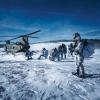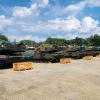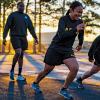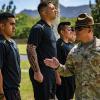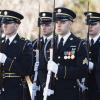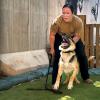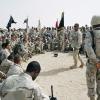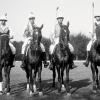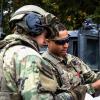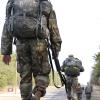Though hundreds of meters away, the catastrophic explosion sent a powerful shock wave through the operations center. As the battle staff watched the aerostat monitors in horror, injured civilians staggered away, covered in dust and blood, while shattered bodies littered the street. Burning and charred vehicles stood everywhere as soldiers, thrown to the ground behind concrete barriers, struggled to their feet.
The commander shot a quick glance at the sergeant major, who sprinted out the door to alert the tactical command post to get ready to roll. In a steady, hard voice, the boss called...


